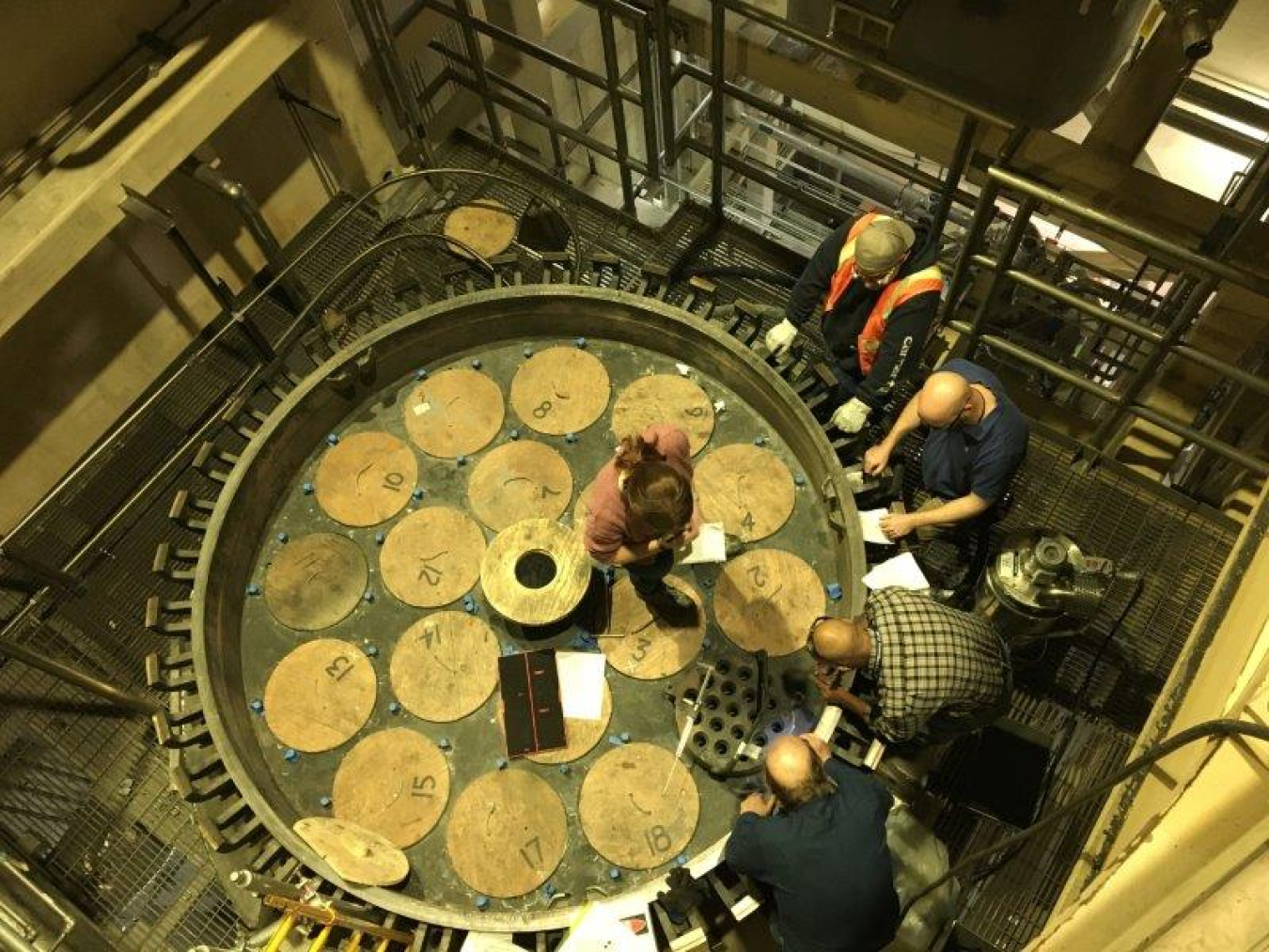The Idaho National Laboratory Site continues to make progress toward the start of radiological operations at the plant that will treat roughly 900,000 gallons of liquid waste,
Office of Environmental Management
July 12, 2022
IDAHO FALLS, Idaho – The Idaho National Laboratory Site continues to make progress toward the start of radiological operations at the plant that will treat roughly 900,000 gallons of liquid waste,
The Integrated Waste Treatment Unit (IWTU) completed its seventh week of steady-state operations treating more than 100,000 gallons of simulant, equivalent to about one-ninth of the liquid sodium-bearing waste (SBW) stored in the site’s tank farm at the Idaho Nuclear Technology and Engineering Center (INTEC).
Crews with EM contractor Idaho Environmental Coalition (IEC) began the radiological operations Contractor Readiness Assessment last week, an important step toward beginning actual radiological operations.
“The plant has operated extremely well during this several-week run,” said IEC Senior Director of Liquid Waste & Fuels Bill Kirby. “Our staff has done an outstanding job managing all facets of the facility. We continue to set performance records weekly.”
Following readiness assessments and completion of testing, the IWTU will shut down to begin a scheduled outage. Equipment and instruments will be examined and repaired/replaced as necessary to ensure optimal performance prior to the commencement of radiological operations.
When fully operational, the IWTU will introduce a small percentage of SBW to simulant, then increase the percentage of waste in increments until 100 percent of the feed is SBW.
The IWTU was constructed to convert 900,000 gallons of radioactive liquid waste to a more stable, granular solid. The liquid was generated during the decontamination of vessels and piping following historic spent nuclear fuel reprocessing runs at INTEC.
Once treated, the granulated waste will be stored at the IWTU in stainless steel canisters that are placed in concrete vaults. Ultimately, the waste will be disposed of at a national geologic repository.
To receive the latest news and updates about the Office of Environmental Management, submit your e-mail address.

